Why Picking the Right Forceps Matters
When doctors or nurses hold soft body parts during surgery, they use tools called tissue forceps. But did you know there are two main kinds? Some have tiny teeth, and others are smooth without teeth. Choosing the right one can protect the body, speed up healing, and make surgery safer. So, let’s learn what makes them different — and why that matters.
What Are Tissue Forceps With Teeth?
Tissue forceps with teeth look like tweezers, but they have small, sharp tips. These teeth come in styles like 1×2 or 2×3 (that means one tooth on one side, two or three on the other). These help doctors hold tissue tightly without squeezing too hard. They’re great when the tissue is strong — like skin or muscle — because the grip is firm and won’t slip.
- Best for: Skin, fascia, tough tissues
- Also called: Rat-tooth forceps, Adson forceps
What Are Non‑Toothed (Smooth) Forceps?
Non-toothed forceps have no sharp points. Some are flat, while others have small ridges called serrations to stop slipping. One popular type is called DeBakey forceps. These are used for very soft or thin tissues, like blood vessels or the insides of the mouth. They are gentler, so they don’t tear or bruise delicate areas.
- Best for: Nerves, vessels, soft or thin tissue
- Also called: Atraumatic or dressing forceps
| Tissue Type | Use Forceps With Teeth? | Use Smooth Forceps? |
| Skin or tough muscle | ✅ Yes | ❌ No |
| Blood vessels / nerves | ❌ No | ✅ Yes |
| Gums or oral tissues | Depends on the case | ✅ Safer |
| Flap elevation | ✅ Often used | ✅ For fine control |
| Feature | With Teeth | Without Teeth |
| Grip Strength | Very strong, secure | Softer, less firm |
| Risk of Tissue Damage | Higher (if used on delicate areas) | Very low |
| Cleaning Ease | Teeth may trap tissue debris | Easier to clean |
| Cost | Usually affordable | Slightly higher for specialty |
Wanna know : Does a Pedicure Remove Calluses?
How to Choose the Right Forceps
Not all forceps are made the same. Look for these signs of quality:
- Medical-grade stainless steel (won’t rust)
- Smooth closing tips with perfect alignment
- CE or FDA certification for safety
- Ergonomic handles to reduce hand strain
High-quality tools help both patient and professional. And the right tools last longer.
Caring for Your Forceps
Just like toothbrushes need cleaning, forceps do too! Here’s how:
- Check the tips for bent teeth or rough spots
- Clean them right after use, especially between teeth
- Use an autoclave to sterilize (if the steel allows)
- Passivate the metal (stops rust over time)
“Clean tools = safe tools = better healing”
Why TheSurgiWorld Sells Both Types
At TheSurgiWorld, we understand that one size doesn’t fit all. That’s why we offer:
- Rat-tooth forceps for secure grip during tough procedures
- Atraumatic forceps for soft tissue and gentle work
- All made with CE-certified stainless steel
- Trusted by surgeons and dental experts worldwide
Explore our curated selection here and build your perfect surgical kit.
FAQ – People Also Ask
Q: Why do some forceps have teeth?
A: Teeth help grip firm tissue tightly without slipping. They’re used on skin or muscle during surgery.
Q: Can forceps with teeth damage tissue?
A: Yes, if used on soft or fragile tissue, toothed forceps can pinch or tear.
Q: Are non‑toothed forceps safer?
A: Yes, for soft tissue they’re gentler and reduce the risk of injury.
Q: How should I clean forceps properly?
A: Rinse, scrub gently (especially between teeth), and use an autoclave. Check for any rust or loose tips regularly.
Conclusion:
Choosing the right forceps makes a big difference in patient safety and surgical success. Whether you need strong grip or soft control, TheSurgiWorld has both toothed and non-toothed options — made with medical-grade materials and built for precision. Shop our dental forcep and surgical forceps today and give your practice the quality it deserves.

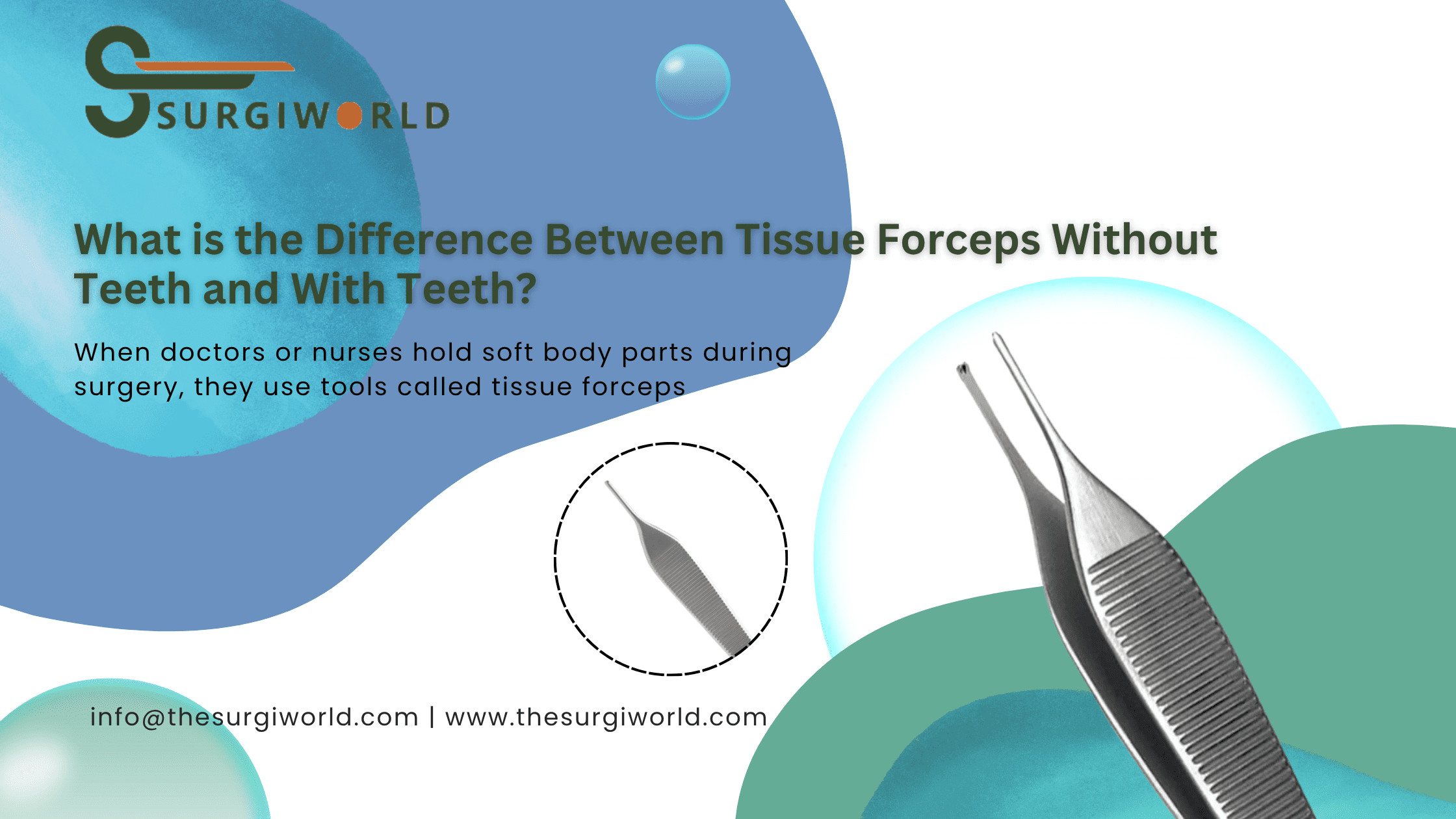
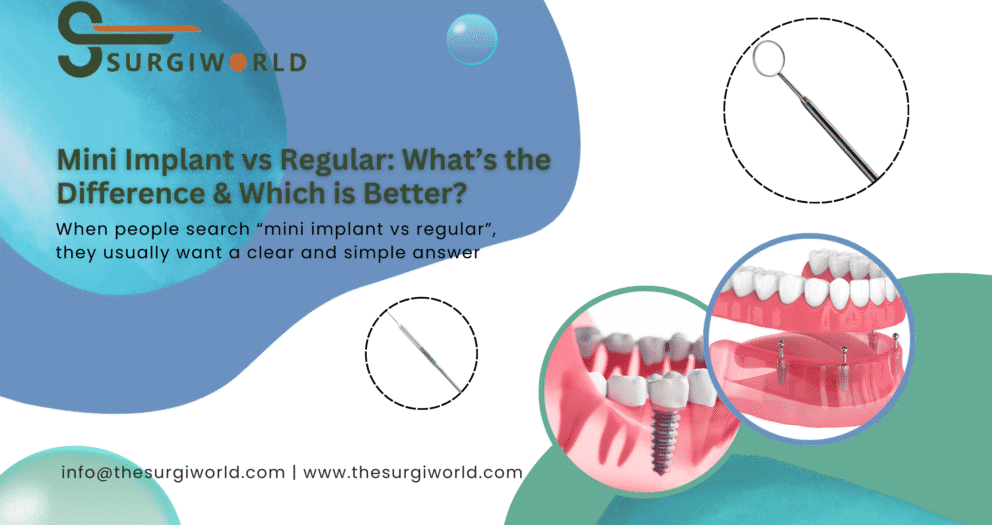
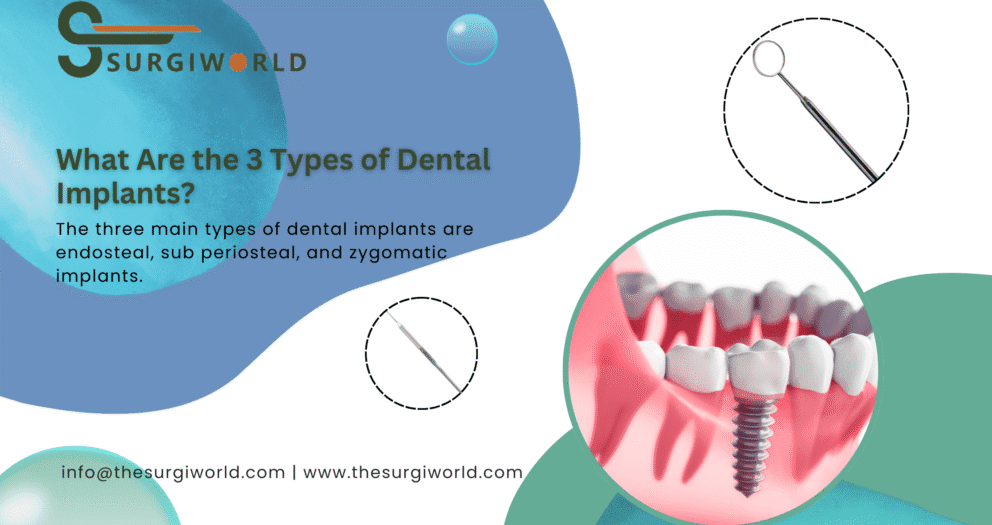
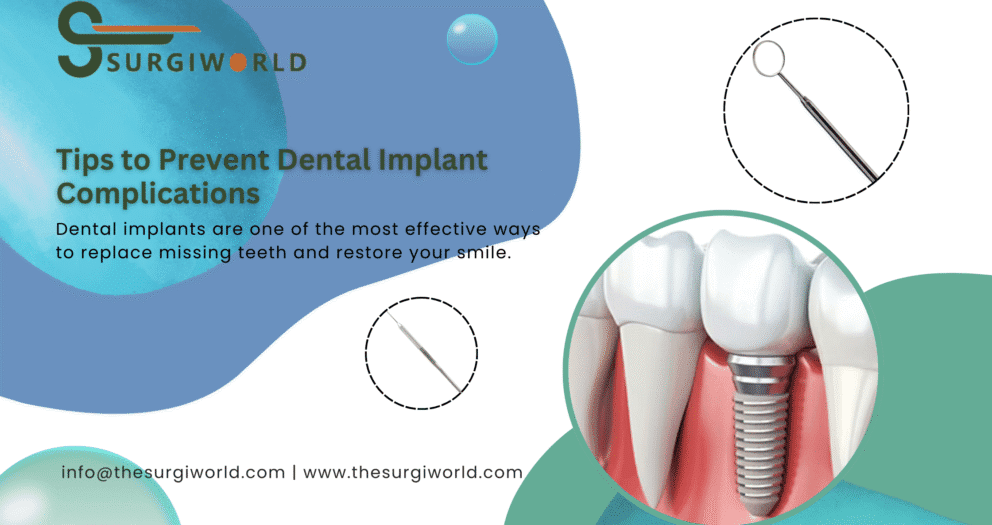
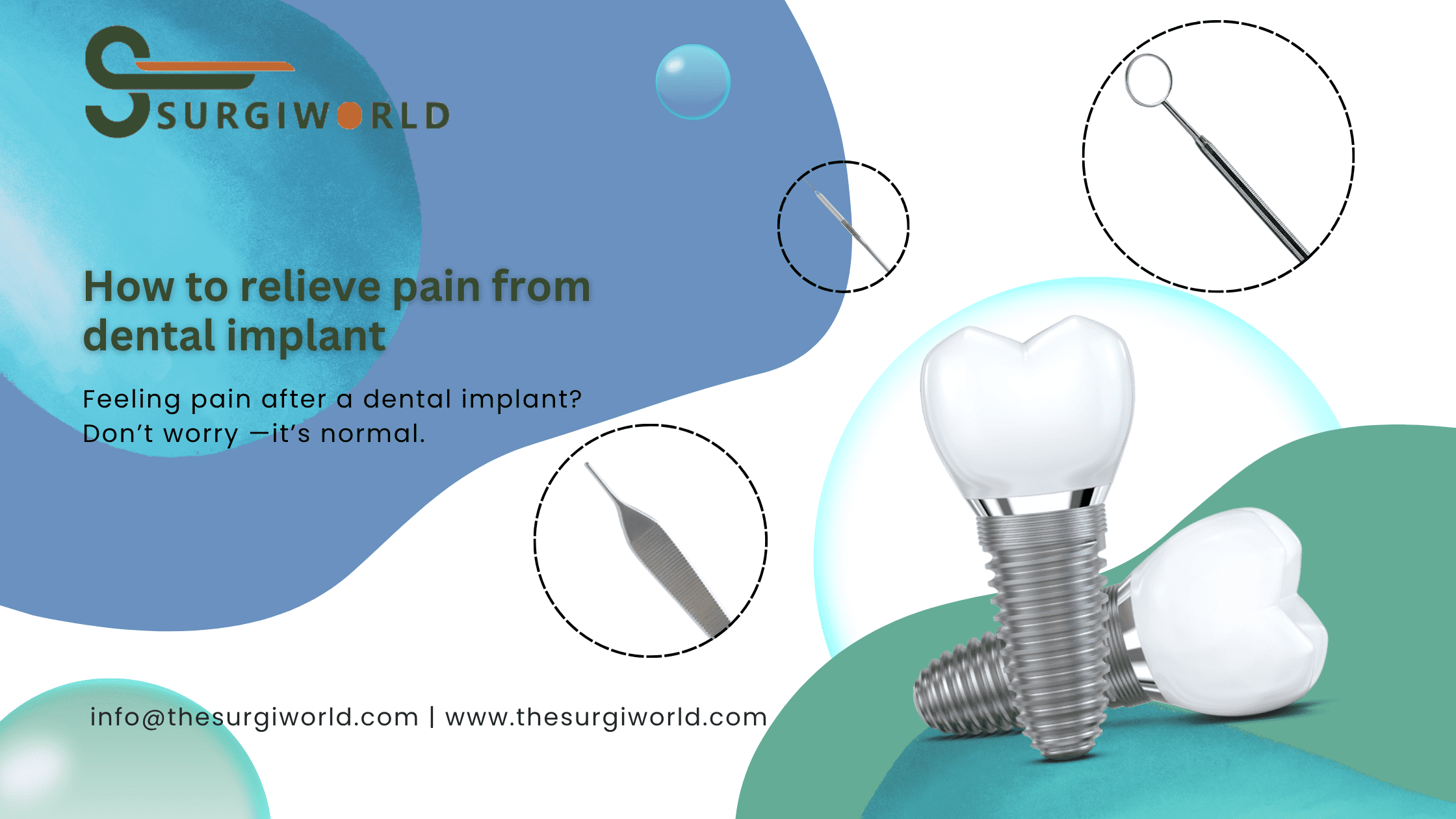

Write a comment
You must be logged in to post a comment.